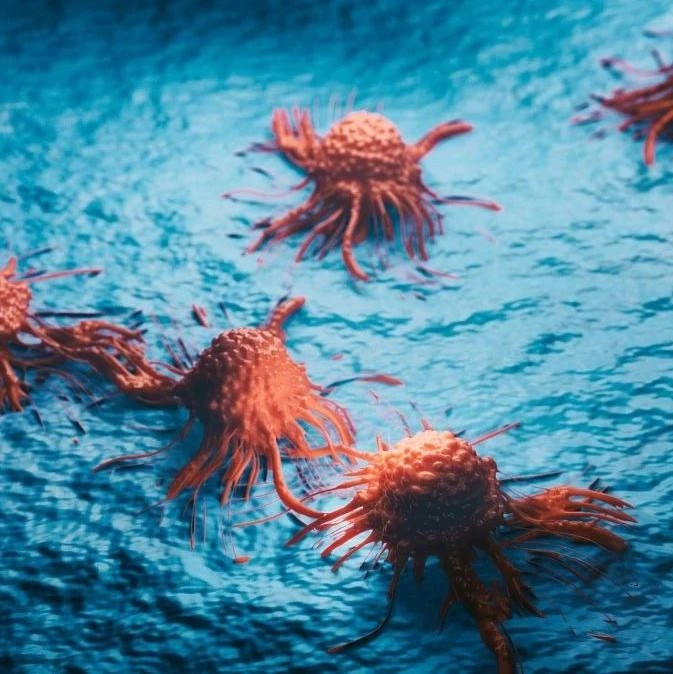摘要: 贝勒医学院的研究人员报道:他们在人体细胞中筛选出一系列转录共激活和共抑制因子。近3300个蛋白复合物经纯化分离后进行质谱分析,这些蛋白共调解11000基因产物的表达。通过研究蛋白复合物的组成成分和生物功能,研究员获取了大量关于蛋白复合物如何作用基因转录的信息。

蛋白图谱
Researchers from Baylor College of Medicine reported today in Cell that they have catalogued networks of proteins that act as transcriptional co-activators and co-repressors in human cells.
Through mass spectrometry-based analyses of nearly 3,300 protein complexes isolated by affinity purification, the team tracked down thousands of these so-called co-regulators, corresponding to more than 11,000 gene products. By looking at the components of these complexes, their functional capabilities, and interactions between them, the researchers are starting to get new clues about how these proteins work together to influence the transcription of genes in the genome.
"[W]e found that over half of our total DNA is used simply to create the immense number of co-regulators that, in turn, regulate the expression of our genes," co-corresponding author Bert O'Malley, chair of BCM's molecular and cellular biology department, said in a statement. "This indicates that precise regulation in decoding genes is an absolutely mandatory rule in human cells, and that this occurs via the co-regulator proteins."
The work is a spin off of a National Institute of Diabetes and Digestive and Kidney Diseases-funded effort called the Nuclear Receptor Signaling Atlas, the researchers explained, which is focused on identifying nuclear receptor co-regulator complexes.
"Initial biochemical isolations of the mammalian co-activators … and co-repressors revealed that many co-regulators assemble into multi-subunit protein complexes," they wrote, "implying that a comprehensive picture of the protein interaction networks is needed to better understand the regulation of biological processes in the cell."
In their effort to explore these interaction networks, the researchers did a series of 3,290 immunoprecipitation experiments using nearly 1,800 antibodies against proteins suspected of influencing transcription or signaling processes in the cell. They then did mass spectrometry to identify interacting proteins, using an approach that did not disrupt the more tenuous protein interactions.
"By preserving both stable and weak protein interactions during complex isolations, we unveiled a modular and hierarchical organization of protein complex networks that serve as a blueprint for a better understanding of mechanisms of mammalian cell regulation," the study authors wrote.
In their subsequent analyses, the team scrutinized the data in several ways, identifying so-called minimal endogenous core complex modules or MEMOs, unique core complex isoforms or uniCOREs, as well as complex-complex interaction networks.
Their results indicate that numerous co-regulators fall into more than one protein interaction network.
By narrowing in on some of the networks and looking at how their data corresponds to protein complexes reported previously, the researchers made inroads in understanding co-regulators, particularly those governing transcription.
Moreover, those involved in the study argue that the work provides a resource that may be useful for interpreting the results of genome-wide association studies and other studies of complex, polygenic disease, by helping to relate genomic and proteomic information to one another.
"Taken together, genomics, proteomics, and targeted functional studies comprise three critical components of the combinatorial 'systems' approach that can be employed to effectively translate genomics data into molecular knowledge in order to ultimately advance clinical applications," they concluded.







